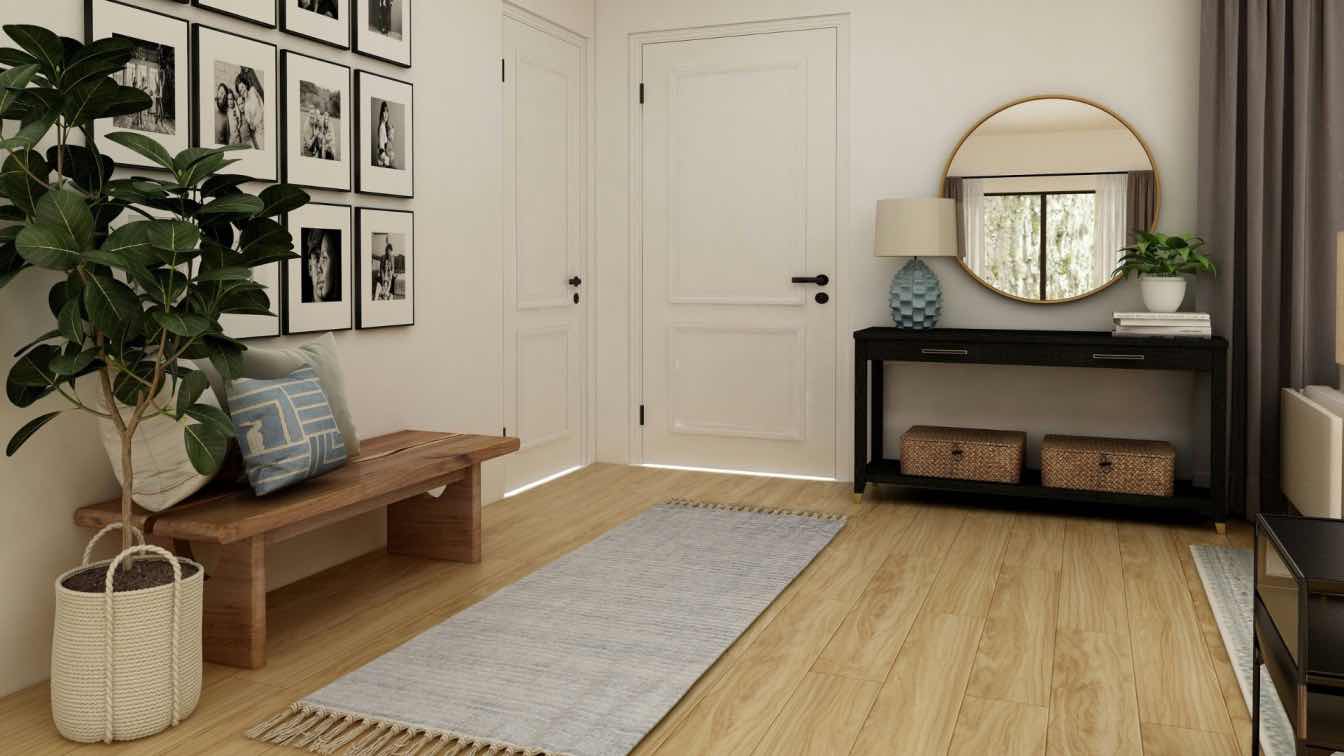Many homeowners do not fully understand the importance of floor grading and how it impacts their living spaces. Floor grading refers to the quality and condition of the flooring material, considering factors like material type, thickness, and overall quality. This assessment affects the appearance of your home, maintenance, durability, and safety. Delve into the various elements of floor grading, its significance for your property, and how it can influence your choices when choosing materials.
What Is Floor Grading?
Floor grading is a system of measuring and classifying flooring materials based on specific characteristics. Each type of flooring, whether hardwood, laminate, vinyl, or tile, has a grading system that evaluates its durability, stability, and visual appeal. Quality grades range from the highest (A-grade) to the lowest (C-grade), with material density, finish, and potential for wear and tear.
An A-grade hardwood floor will boast a consistent grain pattern and minimal knots and contribute to a more visually appealing result. On the other hand, a C-grade floor may have more imperfections. By understanding grade distinctions, homeowners can select the most appropriate materials tailored to their specific needs.
How to Choose the Right Floor Grade for Your Home
To get started, assess your home's foot traffic areas; common spaces such as living rooms and hallways require durability and resilience. Opting for a higher-grade material in these locations will pay dividends as it withstands wear and tear. Alternatively, if you require flooring for low-traffic areas, lower-grade materials might suffice.
While investing in high-quality flooring materials can result in cost savings over time, some homeowners must consider short-term affordability. In this case, check for cheap flooring that doesn’t compromise quality. Always take note of the grading system as it can guide you toward better decisions.
The Importance of Floor Grading in Home Design
A well-graded floor contributes to the overall atmosphere of the living space and creates an inviting and well-maintained environment. High-quality flooring materials can enhance the resale value of your property. In contrast, opt for lower-grade options to detract from the overall impression of a home. The right floor grading influences the visual impact of your home and affects practicality.
Higher-grade flooring undergoes extensive testing and evaluation, ensuring greater resistance to scratches and wear over time. Select well-graded flooring to contribute to the harmony of your home's design, complementing other elements such as color schemes and furniture styles.
Factors Affecting Floor Grading
The most determining factors include the type of raw materials used, production processes, and the conditions encountered during installation. Solid hardwood floors usually provide a higher quality grade compared to engineered options, which may be less resilient. The environmental aspects during the manufacturing process, such as temperature and humidity, also impact the outcome of the flooring material.
Another key factor is the finish applied to the wood or surface material. Quality varnishes and sealants enhance durability and resistance to moisture and contribute to a better grade. Installation quality further influences grading, as improper installation techniques can lead to issues such as warping or separation over time. Homeowners can better assess the quality of flooring options available and make informed choices.
The Role of Floor Grading in Longevity and Maintenance
The longevity of your flooring depends on its grade. Higher-grade materials typically exhibit greater resilience against scratches, fading, and other wear-generated issues. They tend to require less maintenance compared to their lower-grade counterparts. Regular cleaning and appropriate care can still prolong the life of your flooring. However, investing in a higher grade will simplify upkeep and maintenance tasks.
In many instances, homeowners may overlook the importance of sealants and coatings. High-quality finishes protect flooring from environmental stressors and add an attractive sheen. Invest in periodic maintenance checks so that any wear signs are promptly addressed.
Floor Grading and Resale Value
Potential buyers perceive quality flooring as synonymous with overall property value and care. Higher-grade materials, appealing aesthetics, and durability can all create a positive impression and encourage potential buyers to make an offer. On the flip side, neglecting flooring quality could raise red flags, deterring buyers who may view it as a sign of inadequate home maintenance.
Quality flooring stands as a critical factor when selling your property. The use of high-grade flooring during property viewings can become a selling point, helping you achieve a better valuation.
Common Mistakes to Avoid with Floor Grading
Several common mistakes can undermine the value and effectiveness of your flooring choices. Many homeowners focus solely on price points, failing to recognize that more affordable flooring can sometimes lead to long-term costs that outweigh initial savings. Skipping research on the flooring material itself. Make sure that you explore various options and assess quality by appearance and specifications.
Even high-quality flooring can falter if not installed properly. Engage professional services to ensure the correct installation and protect your investment. Neglecting the maintenance required can also diminish flooring longevity. Careful evaluation and decision-making can avoid these pitfalls and guide homeowners toward selecting the most appropriate options for their needs and lifestyles.
By familiarizing yourself with the grading system, you can make informed decisions regarding the materials you choose. High-quality flooring options contribute positively to both aesthetics, functionality, and property value. Make educated choices that align with your home's needs, your lifestyle, and your budget.





